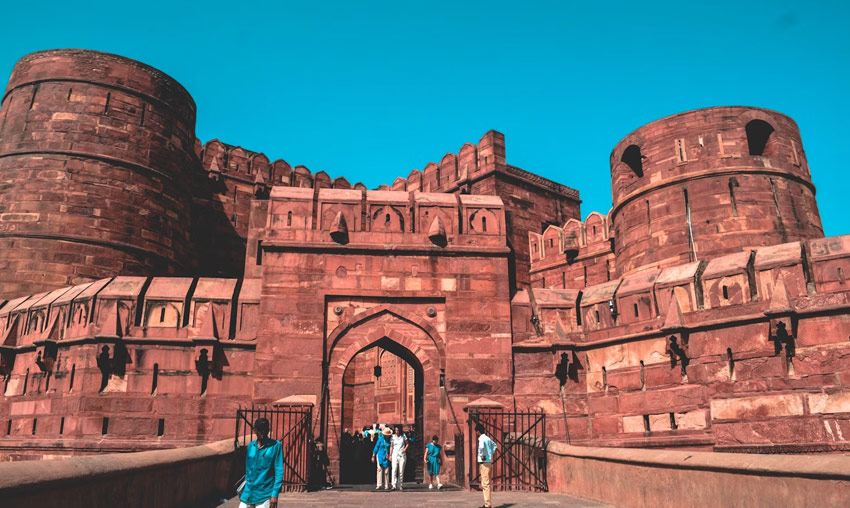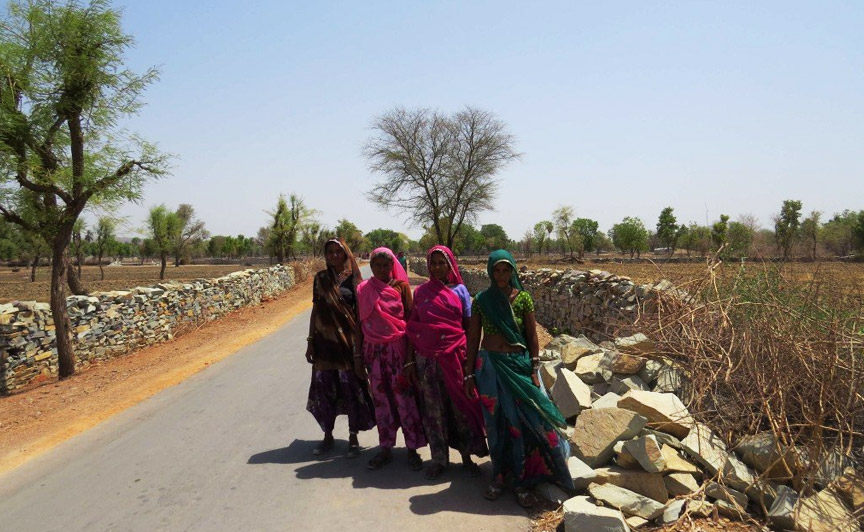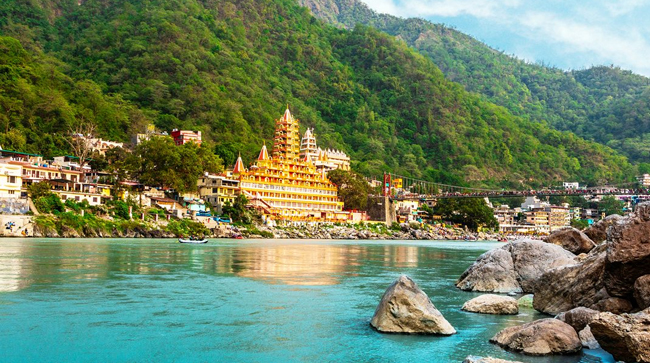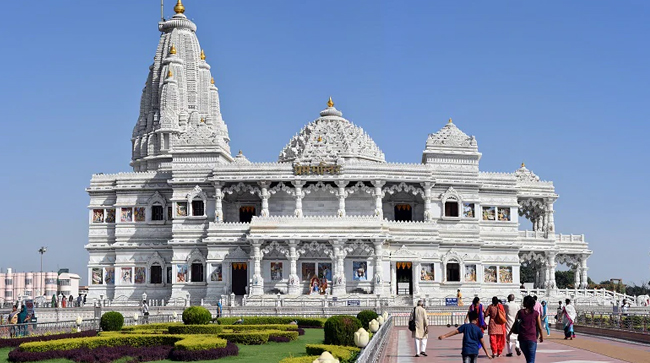Agra Fort, Agra Overview
Emperor Akbar constructed the Red Fort of Agra, also known as the Agra Fort, in 1573. It is a masterpiece of architecture. It is entirely composed of red sandstone and is situated on the Yamuna River’s right bank. Up until 1638, the mediaeval fort served as the Mughals’ permanent home. Situated 2.5 miles away from the Taj Mahal, it is one of the UNESCO World Heritage Sites.
Agra Fort, sometimes referred to as Lal-Qila, Fort Rouge, or Qila-i-Akbari, is a landmark of Agra and is so large that it is frequently called a walled city. Constructed entirely of red sandstone, it represents the epitome of Mughal art and design. The most magnificent buildings, including the Pearl Mosque, Diwan-i I Khas, Diwan-i I Aam, Moti Masjid, and Jahangiri Mahal, are located within the grounds of Agra Fort. There are areas of the Agra Fort that are off-limits to the public and are used by the Indian Army. The pavilions of the fort offer an astounding view of the Taj Mahal and the Yamuna River.
History of Agra Fort
The first Delhi Sultan to move his capital from Delhi to Agra was Sikandar Lodi. Before losing the first battle of Panipat, his son Ibrahim Lodi ruled the fort, which was then known as Badalgarh, for nine years. Babur took control of the Badalgarh Fort and amassed a substantial fortune, which included the well-known Kohinoor diamond, when he dispatched his son Humayun to conquer Agra. Following Humayun’s loss to Sher Shah Suri, the Mughals once more lost the fort. Upon his arrival in Agra, Akbar saw the significance of the city and declared it to be its capital. After seizing control of the Badalgarh Fort’s remnants, Akbar restored it using Rajasthani red sandstone. 4000 builders worked on it and it was finally completed in 1573, after a period of 8 years.
The Agra Fort as it exists now is a result of the destruction of parts of its structures by Shah Jahan, the grandson of Akbar, who built his own in their stead. Shah Jahan was imprisoned by his son Aurangzeb in the fort’s Muasamman Burj, which had a view of the Taj Mahal, at the end of his life.
Inside The Agra Fort
1. Jehangir Mahal: Upon entering the Agra Fort via the Amar Singh Gate, one of the first architectural structures you will come across is the Jehangir Mahal. The heir apparent to his father, Jehangir, was the son of Akbar and the next in line to lead the Mughal empire. Akbar had the Jehangir Mahal built as a women’s quarters, next to the rooms of Jodha Bai, his beloved queen. The Jehangir Mahal is a simple structure made of stone with Persian poetry artistically carved onto a big stone bowl that is intended to hold rose water.
2. Khas Mahal: The Khas Mahal is a significant building within the Agra Fort. Its construction incorporates Hindu and Islamic elements as well as elements of classical Persian and Islamic architecture. It was the “Araamgah,” or sleeping quarters of the emperor. Its exquisite paintings on the marble surface are what make it special.
3. Musamman Burj: Another structure constructed by Shah Jahan, the Musamman Burj is located to the left of the Khas Mahal. This octagonal tower included an open pavilion that let the refreshing evening breeze pass directly through it. In these final days, Shah Jahan passed away here, gazing out over the Taj Mahal, the grave of his beloved wife.
4. Sheesh Mahal: Using the most advanced water engineering designs, the Sheesh Mahal is one of the most gorgeous buildings in the Agra Fort. It is a “harem,” or dressing chamber. Its name comes from the exquisite mosaic of thousands of tiny mirrors that cover its interior.
5. Diwan-I-Khaas: This hall, which was intended primarily for private audiences, is located to the right of the Sheesh Mahal. It has elaborate decorations made of marble pillars encrusted with semi-precious stone flowers. The Mammam-E-Shahi, also known as the Shah Burj, is next to it and is utilised as a summer getaway.
6. Diwan – E – Am: This was the public hall available for use. The renowned Peacock Throne previously stood in this location, and the space where it did is lavishly furnished with white marble decorations.
7. Nagina Masjid: Emperor Shah Jahan constructed this shrine as a personal mosque for the ladies of the palace.
8. Moti Masjid: Often referred to as the Pearl Mosque, this stunning building is located in Agra Fort. As of right present, the mosque’s edifice is not open to the public. The Mina Masjid, Emperor Shah Jahan’s personal shrine, is located close to the Moti Masjid.
How to Reach Agra Fort
The luxurious Taj Mahal and the Agra Fort are only 2.5 kilometres apart, thus seeing both places at the same time is highly recommended. Naturally, Agra Cantonment, or more colloquially, Agra Cantt., is the closest train station to the Red Fort of Agra. If you are visiting Agra for the first time, get out at the station and head to the prepaid booth to reserve a reasonably priced taxi or rickshaw. Given that there are approximately 13 miles separating the station and the fort, a cab ride often costs between INR 200 and 300.
For Regular Tickets-
• If you are a foreign tourist, the ticket price stands at INR 650.
• If you are a citizen of SAARC and BIMSTEC countries, the ticket price stands at INR 90.
• If you are an Indian or domestic traveller or an OCI cardholder, the ticket price stands at INR 50.
• For kids below 15 years of age, the entry to Agra Fort is absolutely free.
For Tickets on Friday-
• If you are a foreign tourist, the ticket price stands at INR 600.
• If you are a citizen of SAARC and BIMSTEC countries, the ticket price stands at INR 40.
• If you are an Indian or domestic traveller or an OCI cardholder, the ticket price stands at INR 40.
• For kids below 15 years of age, the entry to Agra Fort even on Friday is absolutely free.






